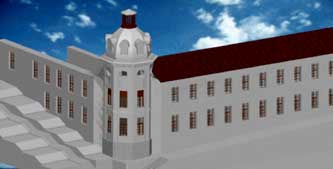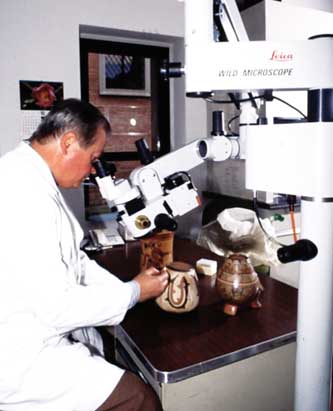 COUNTRY OF ORIGIN
COUNTRY OF ORIGIN• Ecuador
The University of Crafts and Trades promoting know-how and cultural identity
Promoting the University of Crafts and Trades in other countries
A project for the implementation of the University of Crafts and Trades must be based on the potentialities and specific characteristics of a country. The purpose of the University of Crafts and Trades is to consolidate know-how in a country’s priority areas by bringing together all the institutions and actors interested in taking part.
The main aim of a University of Crafts and Trades is to create an education and training programme that contributes to the valorisation, enrichment and future development in time and space of a country’s natural and cultural heritage. The goal of the university is to generate a permanent process to support creation, innovation and interchange, in which key crafts and trades take a leading role in different areas of cultural, material and immaterial and natural heritage.
The preservation of cultural and natural heritage is primarily an educational issue in which national institutions responsible for educational policies play an important role. Other important actors are local administrations, the public and private sectors, the media and civil society organisations.
The different phases of the University of Crafts and Trades Project in Quito are described below.
Identification of interlocutors
The first step involves the identification of institutional interlocutors interested in promoting a University of Crafts and Trades: ministries of planning, higher education, development and trade, culture, environment and natural resources, agriculture, health, labour; universities; traditional culture institutions; historical heritage offices and other bodies.
The University of Crafts and Trades Project is necessarily national, intersectoral and transdisciplinary, so a working group can be set up at this level with the participation of institutions interested in promoting it. It is also important for the project to envisage the involvement of universities that operate at the local level so that the new training activities have a greater impact on the country.
In Ecuador the university was promoted by the Municipality of Quito and the High University Council.
Identification of international partners
When the project is being developed it is important to envisage the participation of strategic partners at the international level to guarantee financial and technical support in defining the structure of the University of Crafts and Trades, the study programmes and training activities.
The strategic partners of the University of Crafts and Trades in Ecuador are: UNESCO Quito Metropolitan Municipality; the European Community; the Andalusia Region, which provides support for the Project Outline and Management Plan; the University of Granada, which offers master’s degree courses in the History of Art; the St. Thomas University, USA, which offers master’s degree courses in the History of Art; the University of Seville, Spain; the San Marcos University, Peru; the Office of the Historian of the City of Havana, Cuba; the Andean Community, CAN; the Andean Development Corporation, CAF; the Convenio Andrés Bello; CIESPAL; CERLALC.
Strategic support for the project was provided by the ‘Centro del Pensamiento Andino’ of the city of Cuenca and the Andean University, which is supported by the Andean Community of Nations-CAN, the Convenio Andrés Bello, and a great number of research centres involved in the study of ancient Andean cultures. These institutions support the project by researching into and studying the know-how, knowledge and techniques of the region, with the collaboration of research and training centres from other regions of the world, especially the European Community.
Project planning
The planning phases of the project in Ecuador were as follows_
- Assessment of the institutional situation and technical and financial feasibility
- Identification of the university site, production of an architectural restoration plan and usage plan for the renovated areas
- Assessment of the artistic heritage existing in the country
- Historical study
- Studies on the potential offered by cultural heritage, arts and crafts and know-how
- Project Outline and Management Plan
Educational project preparation
The following phases were carried out in collaboration with the competent institutions and international social partners:
- Definition of study programme
- Publicity
- Start of activities

DOWNLOAD THE BROCHURE PDF
English (1.4 MB)Spanish (1.4 MB)
French (1.4 MB)
ONLY TEXT
•The University of Crafts and Trades in practice
•Promoting the University of Crafts and Trades in other countries







